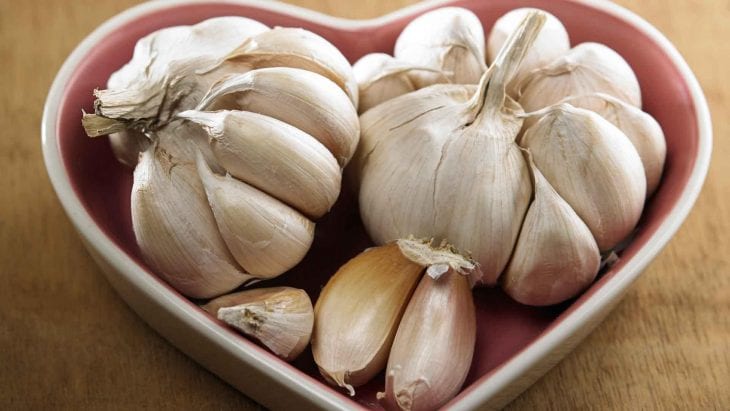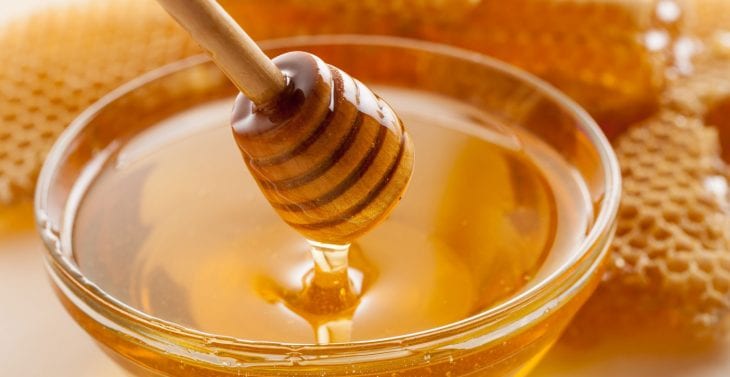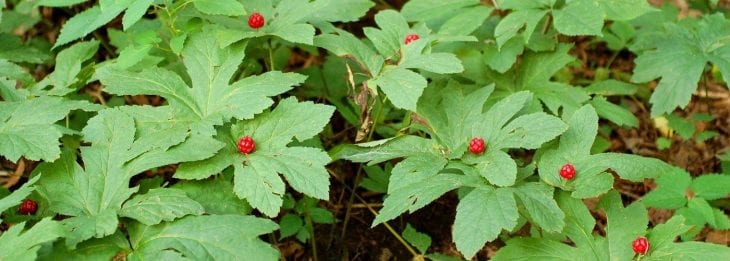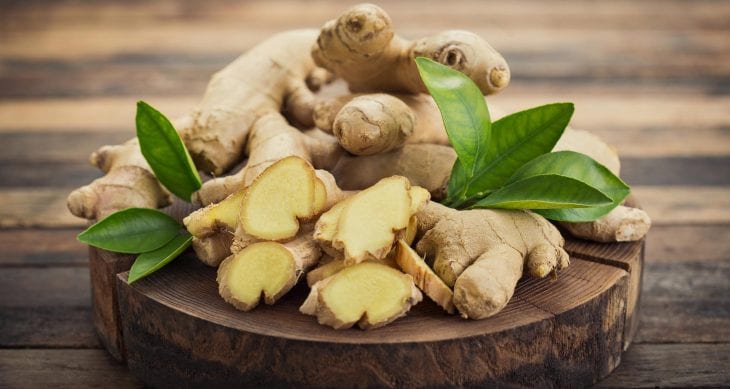Antibiotics are used to kill or stop bacteria growth. You might think that antibiotics are a part of modern medicine, they have actually been around for centuries. The original antibiotics were derived from natural sources. Specific plant extracts, oils, and even some food have antibiotic values. With an increase in medication-resistant bacteria, scientists and people are turning to nature when it comes to developing new medicines.
Prescription antibiotics, such as Augmentin, has helped people battle and recover from infection which would possibly be fatal to them. However, nowadays, people are turning to natural antibiotics for treating certain illnesses and here is a list of natural antibiotics that could be used in battling infections:

Img source: cookinglight.com
1. Garlic – for thousands of years, garlic has been used by cultures from all around the world. It was even used in the 1700s to prevent the plague. Garlic has an effective antibiotic, antiviral, antifungal, and antimicrobial properties. It will be able to help protect and remove harmful bacteria. It is also high in natural antioxidants that destroy free radicals, which also supports the immune system. Allicin, which is an active ingredient in garlic, is the most important substance in killing or preventing harmful bacteria. In order to activate these substances, crush it and eat it raw.
2. Oil of Oregano – this oil takes care of pathogenic bacteria without hindering the beneficial bacteria. What makes it powerful is that it is also antiviral and antifungal which makes it a powerful, natural antibiotic with a three-in-one combo. The most important ingredient in oil of oregano is carvacrol. For it to be effective, you should make sure that your source is at least 70 percent carvacrol content.

Img source: dabur.com
3. Honey – honey has been used as a treatment that helps wounds to heal and stops infections. Honey is helpful in treating wounds, burns, ulcers, bedsores, and skin grafts. The antibacterial effects of it are usually connected to its hydrogen peroxide content. However, manuka honey fights bacteria well, even though it has lower levels of hydrogen peroxide. Besides its antibacterial values, honey may also help with healing wounds by giving a protective layer that protects the environment.
4. Echinacea – Native Americans and traditional healers have used this plant to treat infections and wounds. The extract of Echinacea can kill different kinds of bacteria, including Streptococcus pyogenes, which is responsible for strep throat, toxic shock syndrome, and the „flesh-eating“ disease, known as necrotizing fasciitis. It can also fight inflammation connected to a bacterial infection. You can purchase the extract in any health store or online.

Img source: greenlifestylemarket.com
5. Goldenseal – this is usually consumed with tea or capsules to treat digestive and respiratory problems. But, it could also deal with urinary tract infections. Goldenseal has berberine, an important substance in natural antibiotics.
6. Thyme essential oil – you might know that many household cleaners use thyme essential oils. This type of oil has been effective in fighting against antibiotic-resistant bacteria. Thyme essential oil is only used externally. It should not be consumed orally. Before applying it to the affected area, you will need to dilute the oils with carrier oils. The most common carrier oil that goes with thyme oil is coconut and olive oils.

Img source: foodrevolution.org
7. Ginger – the root of ginger can be added to food or takes as a supplement to get an antibiotic boost. It will help fight flu and common colds. It is also perfect for treating an upset stomach, nausea, and treating muscle and joint pain.
Conclusion
A more people are looking for a safer, natural alternative to chemical-based medications, natural antibiotics and remedies are becoming increasingly popular and accessible. They will not only help with treating specific infections but will combat common illness people and could help with boosting the immunes system to prevent the development of future illnesses.
